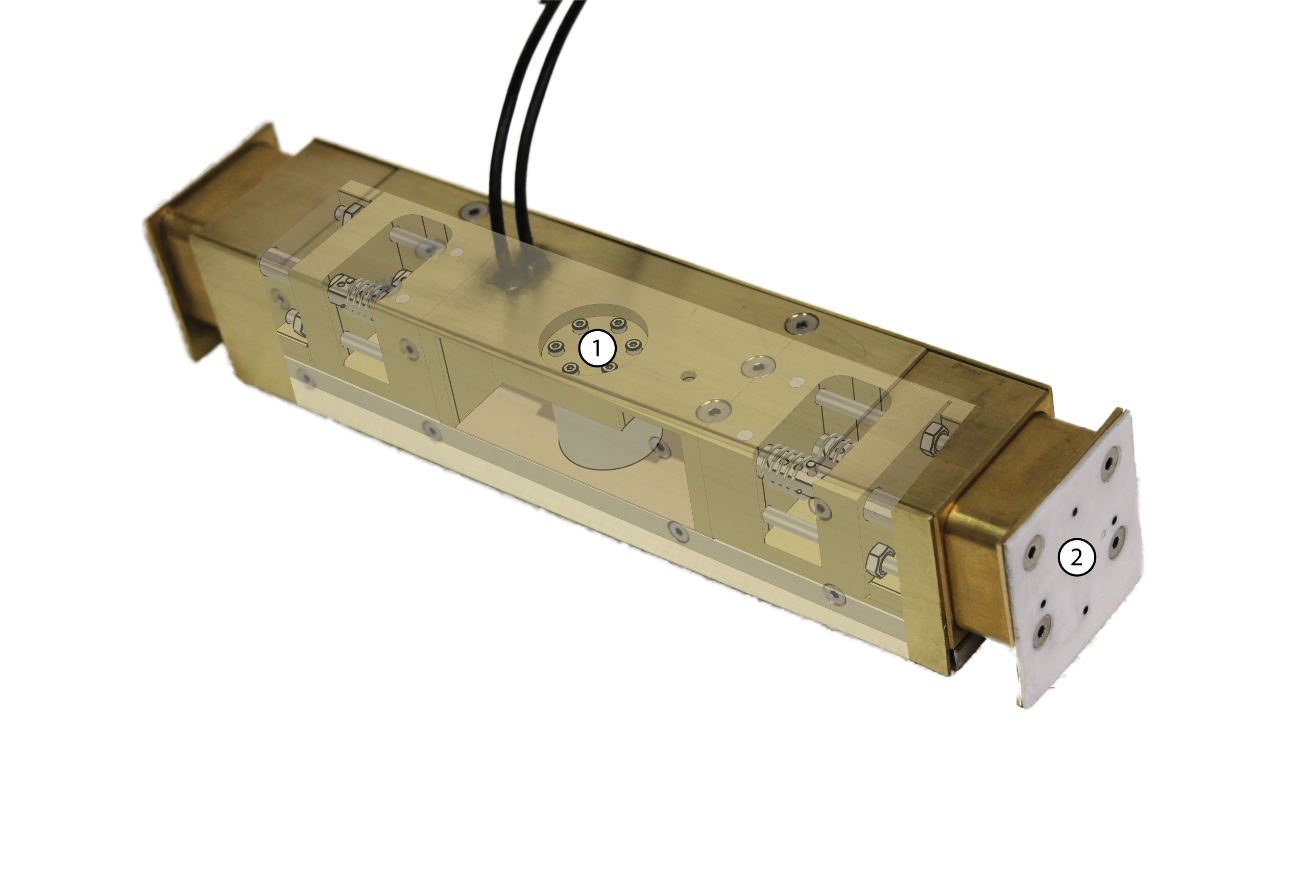Tsunami-Loading of Coastal Infrastructure
Despite being rare, Tsunamis are increasingly impactful to the built environment, due to the rapidly increasing population in coastal areas. Coastal infrastructure needs to remain at least partially operable after impact, allowing access to relief vessels, and decreasing the risk of “cascading effects”. The latter can magnify the impact of tsunamis, such as in the 2011 Tohoku earthquake and Tsunami, where failure of flood protection led to one of the most serious nuclear incidents in history. It is therefore crucial to improve understanding of the failure mechanisms of coastal infrastructure.
After the 2011 Tohoku Earthquake and Tsunami, breakwaters were reported to be badly damaged. Worryingly, many of those were designed to be “Tsunami Resistant”. A standout such example is the Kamaichi breakwater, which was the biggest in the world (50 m height). Such failures reveal that the critical failure mechanisms are fundamentally different to those considered in design. Their failure is complex, being a combination of hydraulic and geotechnical failures, where one initial small failure can trigger the other: hydraulic scour at the base may trigger bearing or slope failure. The response of such systems is a function of effective stress changes (pore pressure build-up), and more crucially, geometry changes due to scour and erosion processes.

A Centrifuge-mounted Miniaturized Tidal Generator (C–MTG) is currently being developed, adapting our recently completed 1g MTG concept (external page J98). The system uses re-circulation pumps, allowing constant flow over the model space, vastly reducing the required volume of water stored in the main tank. Recirculation is facilitated by “pump” tanks, which can pump large volumes of water at low velocity, with minimal mechanical complexity. The pump-tanks function using air pressure and a system of check valves. Operating like a pair of bellows, in conjunction with the main tank they can produce Tsunami waves of any duration. As soon as the new beam centrifuge is operational, the C–MTG will be used to study critical failure mechanisms of coastal geotechnical structures, derive insights on the interplay between hydraulic and geotechnical failure mechanisms, and develop robust design procedures. After understanding the fundamental mechanisms, mitigation techniques will be tested.

The MTG is critical for the exploration of the impacts of Tsunamis on breakwaters. Using the MTG, in combination with high-speed photography and advanced image processing, we have been able to observe new, previously undocumented behaviours that offer insights into the performance of these structures. These observations allow deeper understanding of the hydro mechanical processes and the mechanisms leading to failure, contributing to the explanation of past failures and to the development of rational design methods and future design recommendations. Advanced instrumentation, including a novel “Instrumented Breakwater” allows us to reveal and quantify the effect of complicated processes and understand the sensitivity even to seemingly “small” details.

Selected recent publications

Jones L., Anastasopoulos I. (2020). “Miniaturised tsunami generator to model interaction of tsunami with coastal infrastructure”, International Journal of Physical Modelling in Geotechnics, 0 0:0, 1-15 (Ahead of Print) (external page J98)